Consumer Q&A: From Corn Uses to Egg Labels to Cooking with Herbs
March 14, 2023
By Lydia Zerby
We recently asked readers to “let us know one thing you would like to learn more about related to Iowa agriculture.” Discover some of their questions and our answers.
At Iowa FFP, we encourage a two-way dialog and seek to share content that is relevant to what readers are currently interested in receiving. In this edition of our Consumer Q&A, learn about the many uses of corn, the difference between labels on eggs and ways to incorporate herbs into cooking.
Throughout the coming months, we will continue to share answers to actual questions submitted by our readers. Click here to submit your question, and we might answer it in a future edition! Of course, you can always contact us if you would like an immediate answer.
Question: Where does Iowa-grown corn go after it’s harvested?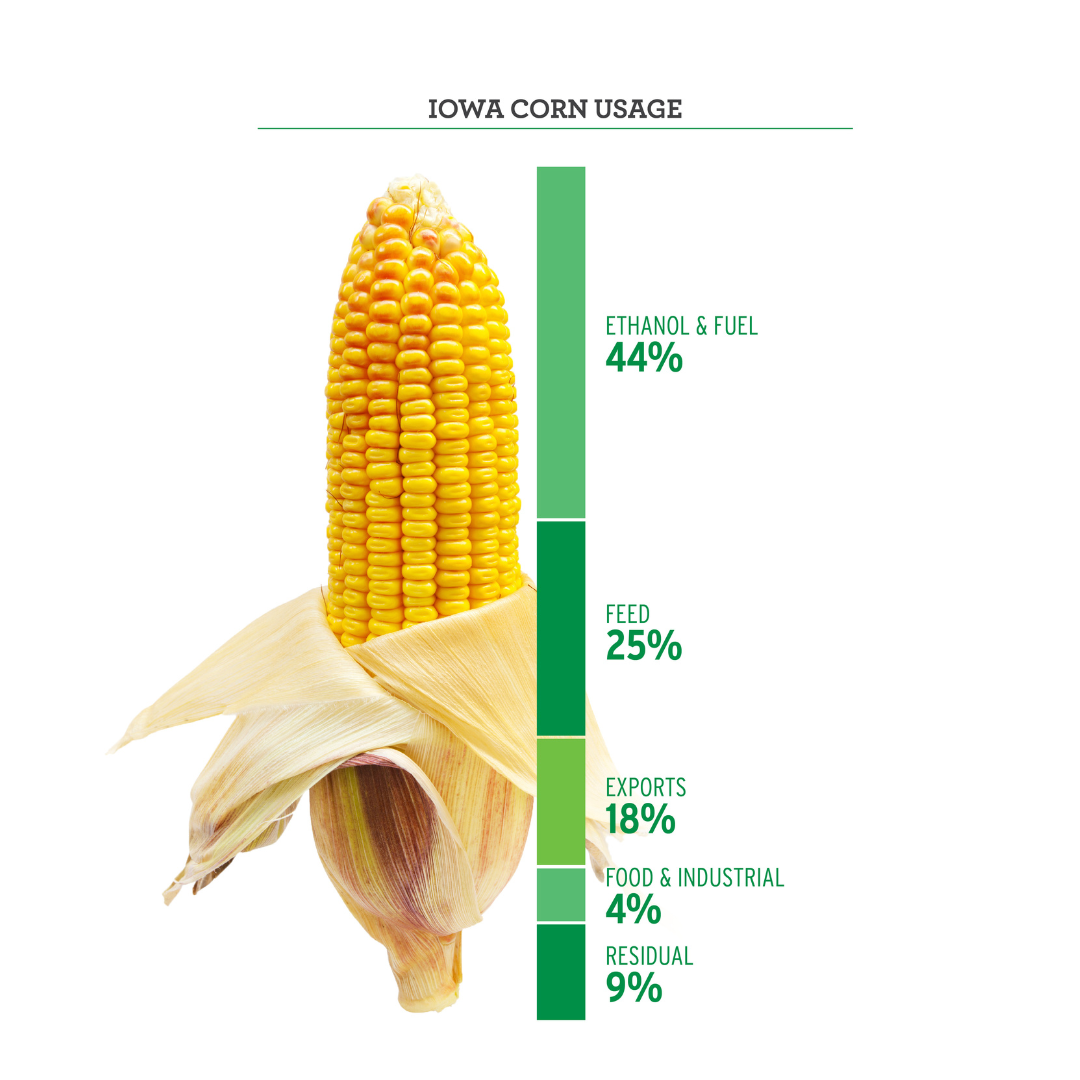
Answer: Much of the corn becomes livestock feed and ethanol fuel or is exported as value-added products. But that’s not all; many common household products contain corn.
The kernel is made up of four major components – starch, fiber, protein and oil – that can be processed in different ways to be used in all kinds of products. In fact, a typical grocery store contains 4,000 items that list corn ingredients on the label.
Many other products depend on corn as well, from paper goods and cardboard packaging to all the meat, milk, eggs, poultry and other protein products that come from corn-fed animals.
Livestock is one of the top consumers of Iowa corn and dried distillers grains (DDGs), a corn co-product created during the ethanol production process. The Iowa ethanol and livestock industries thrive on the success of each other – DDGs create a local, cost-effective, high-protein food source for producers, and producers profit from this low-cost, nutritional feed option. And consumers enjoy the benefits like juicy bacon cheeseburgers and ice-cold glasses of milk!
Question: When it comes to eggs, what are the differences between labels, such as free-range, cage-free, pasture-raised and vegetarian-fed?
Answer: If you’re wondering about the names and labels on an egg carton, these are used to designate how the hens were raised and fed. If you don’t see any of these labels, it means you have a carton of conventional eggs (those laid by hens in enclosures or small cages that also serve as nesting space).
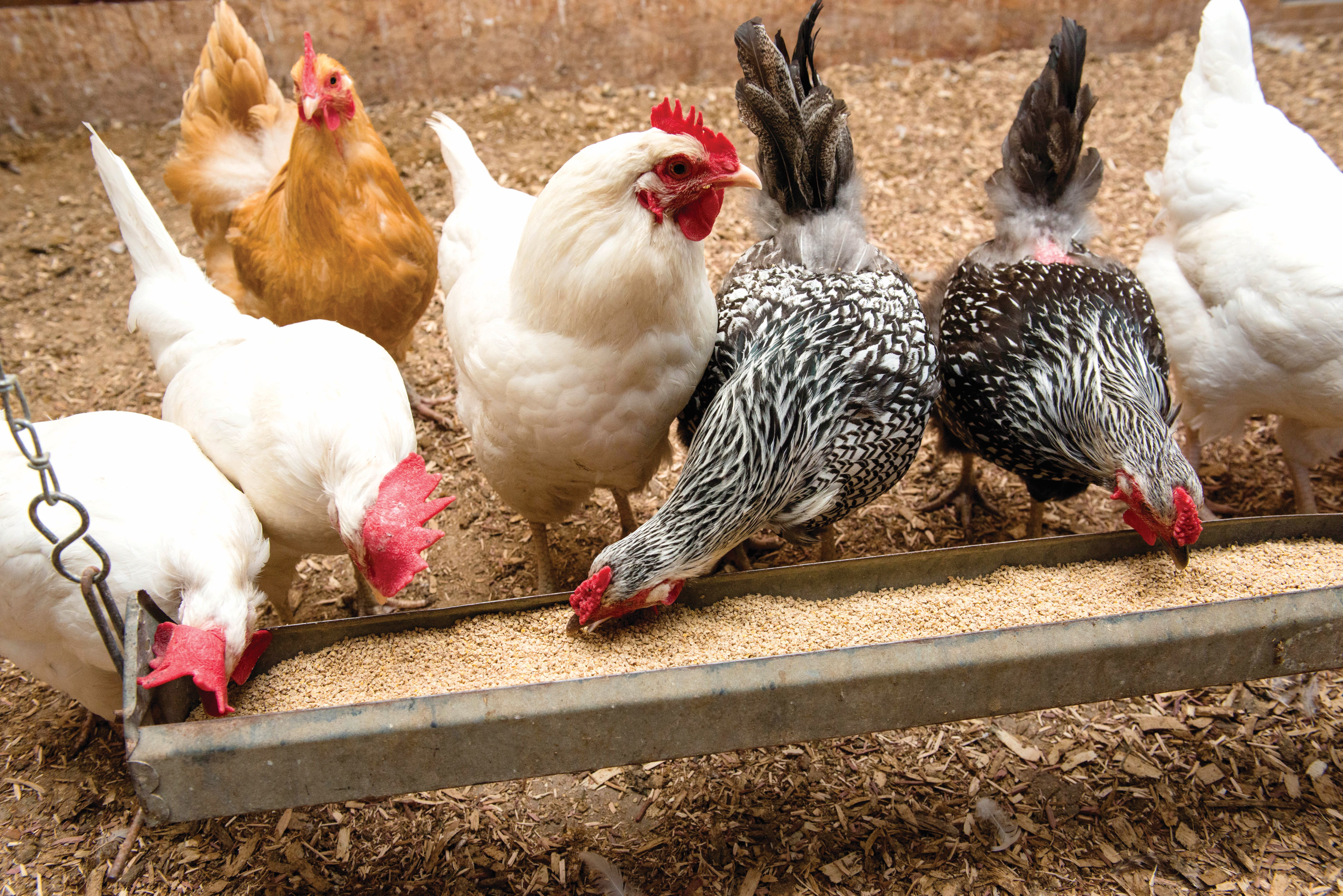
- Cage-free: These eggs are laid by hens free to roam in a building, room or open area that includes nest space and perches.
- Free-range: These eggs are the same as cage-free, but the hens must have access to the outdoors.
- Pasture-raised: These eggs are laid by hens who roam and forage on a maintained pasture area.
- Certified Humane: These eggs come from facilities that meet specific standards for farm animal treatment, according to the Humane Farm Animal Care Organization.
- American Humane Certified: These eggs come from facilities that have passed a third-party audit/certification program from the American Humane Association supporting the humane treatment of animals.
- Certified Organic: These eggs are laid by cage-free or free-range hens raised on certified organic feed.
- Pasteurized: These eggs are heated to a specific temperature to destroy pathogens.
- Omega-3 Enriched: These eggs are laid by hens fed a special diet rich in omega-3s.
- Vegetarian-fed: These eggs are laid by hens fed a vegetarian diet.
Question: What are some ways I can incorporate herbs grown in my garden into cooking?
Answer: Herbs are a great way to add flavor and dimension to cooking. Bought fresh from the store or picked outside from a garden or container, try adding these herbs to enhance family meals:
- Basil: The intense flavor, color and aroma of basil gives it universal appeal. A primary ingredient in pesto, basil also goes great with tomatoes, spaghetti sauce, pizza, red meat and poultry dishes, eggs and soups.
- Mint: Mint enlivens meat, fish or poultry dishes, creamy vegetable soups and steamed mild vegetables with a sweet, zesty flavor.
- Rosemary: An herb with intense aroma and flavor, rosemary accompanies garlic, oregano and thyme. Add it to tomato sauce, pizza, pork or red meat dishes, stuffing and as a marinade.
- Oregano: This herb has a strong flavor that is almost essential in Italian, Greek and Mexican dishes. Used best in tomato sauces, on red meats and poultry.
- Cilantro: This herb has a fresh, pungent citrus-like flavor. It goes well in salsas, pasta, marinades, salads, stews and fish.
- Dill: The mild warm flavor of baby dill complements meat, fish, poultry, vegetable entrees and salads.
- Thyme: One of the most used herbs, thyme boasts a mild lemon and mint flavor. Use it with pork loin, veal and poultry dishes, vegetables and rice, and in tomato sauce.
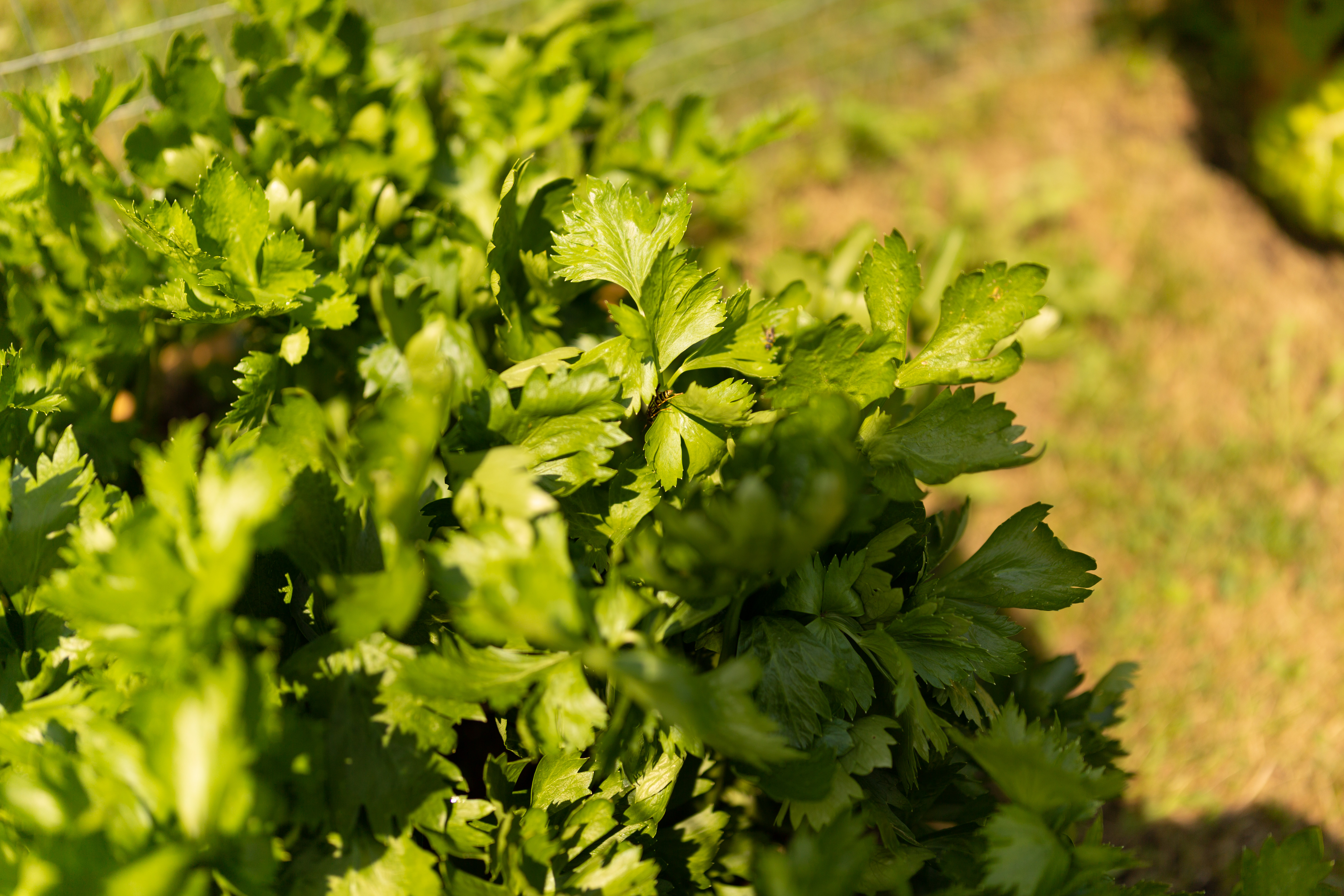
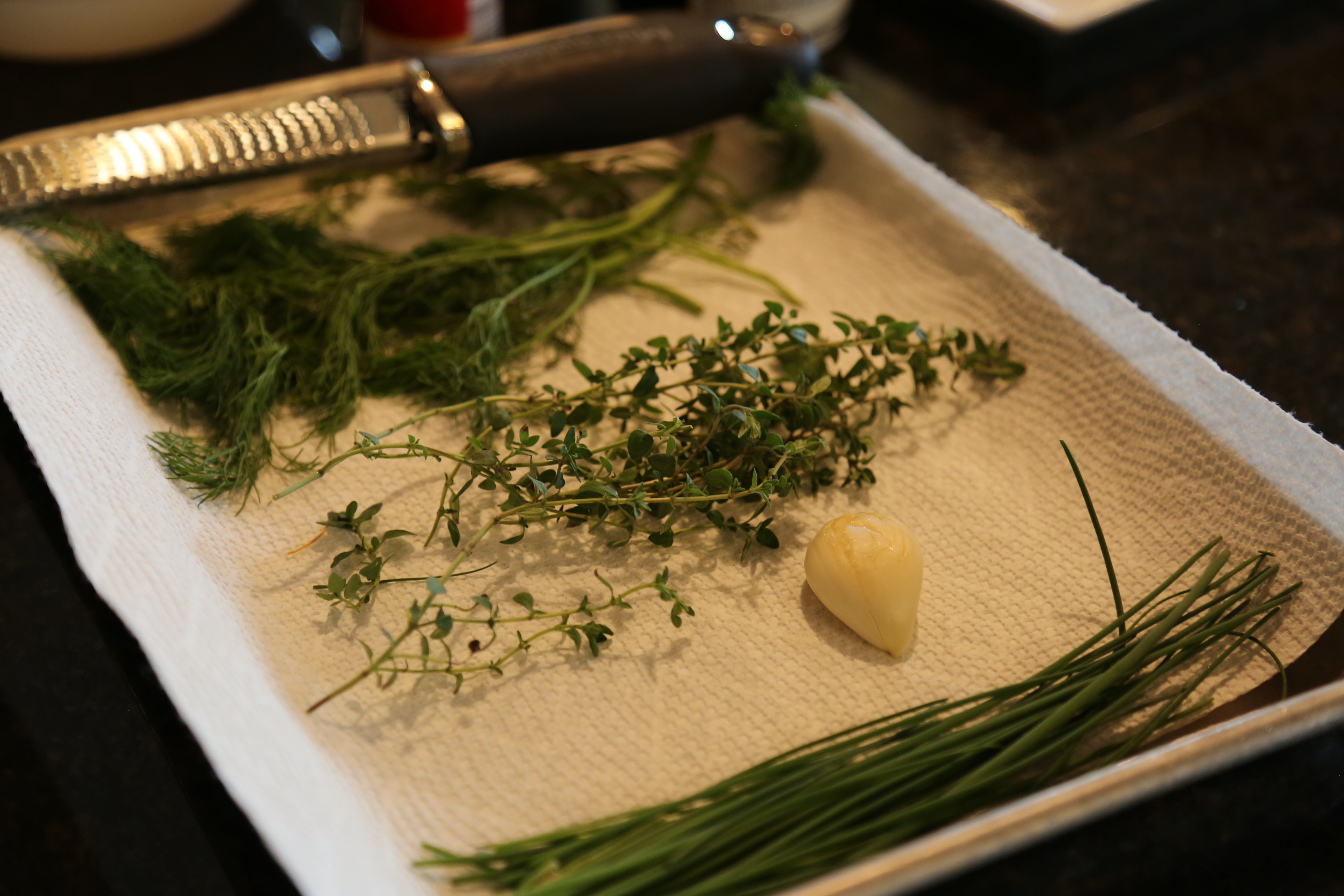
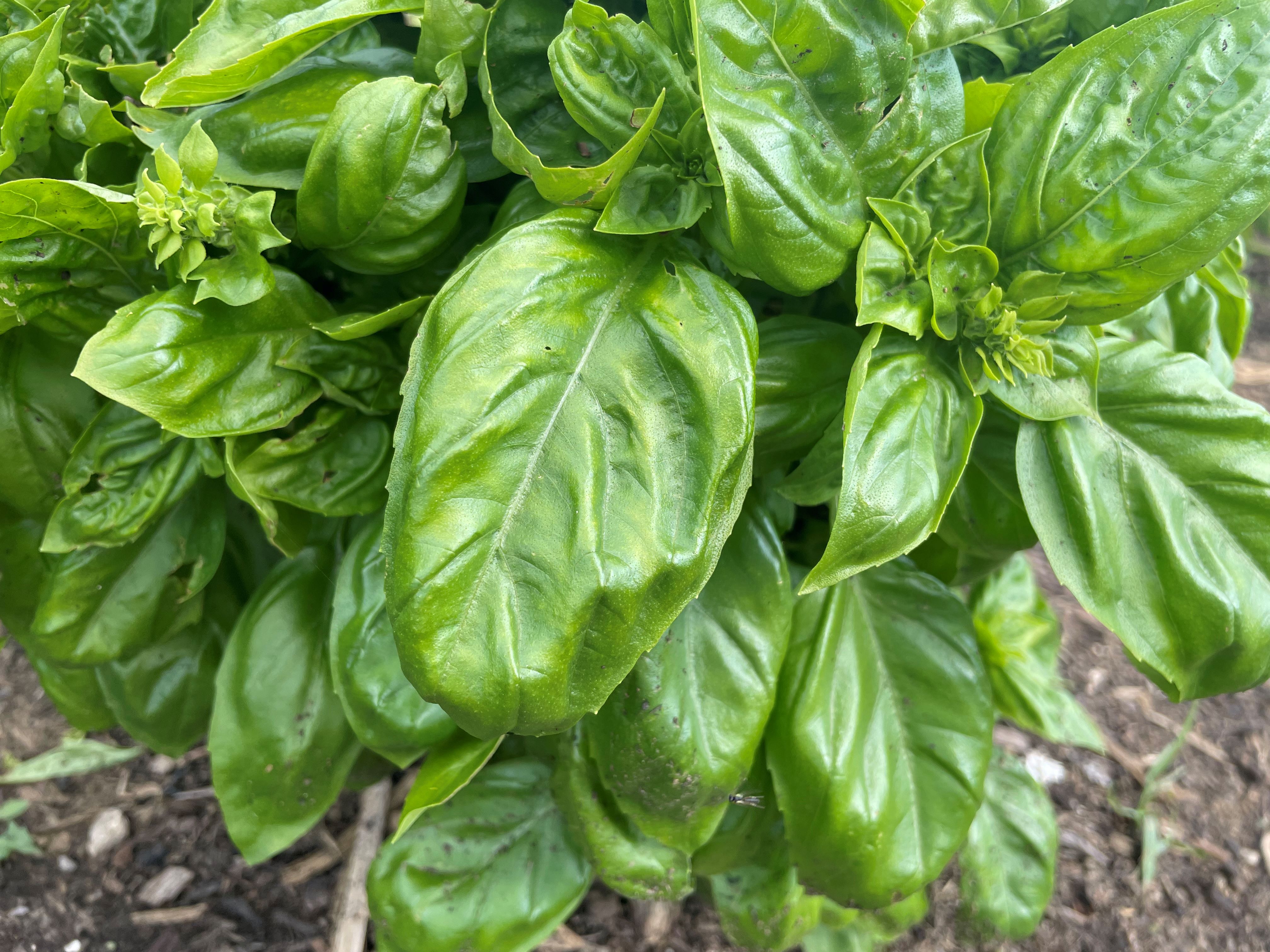
Read about the Midwest’s leading herb grower who is thriving year-round, despite Iowa’s limited growing season, in this Fresh Pickings magazine feature.
Please note, by clicking the above link, you’ll be leaving a partially funded checkoff site.